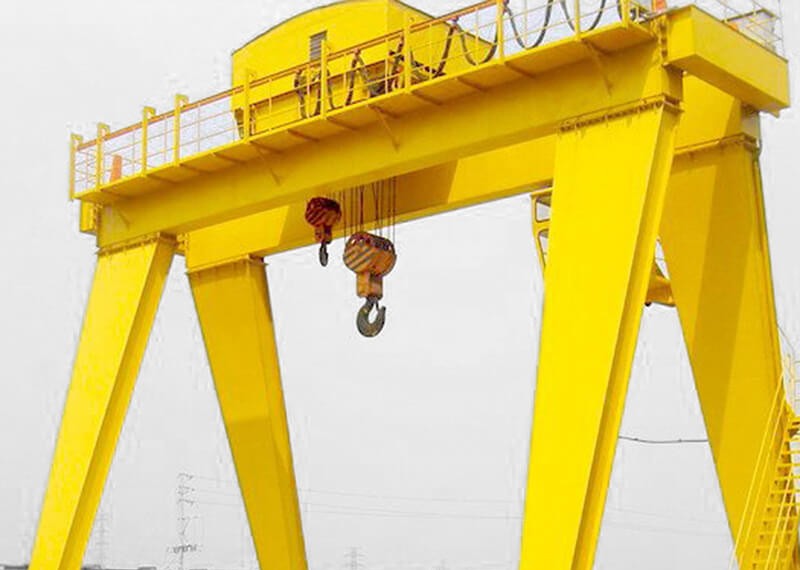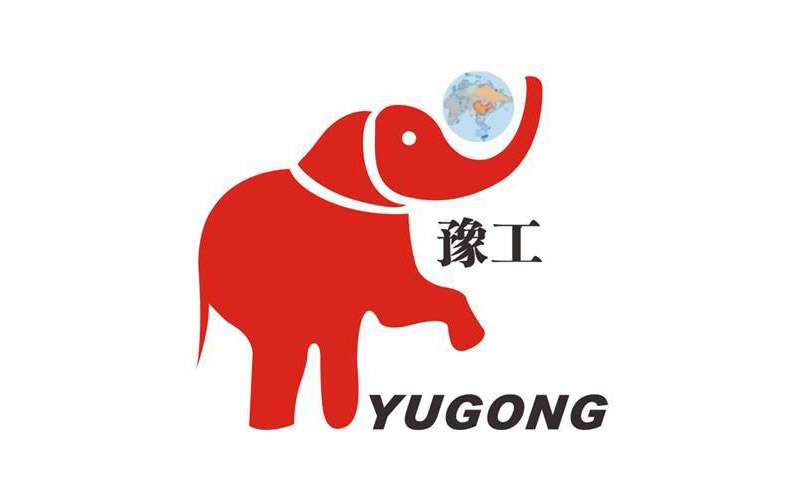
What are the hazards of the bridge crane's rail gnawing phenomenon
When the bridge crane is in normal operation, a specific gap must be maintained between the edge of the wheel and the operating track. The design scheme has a large gap of 30-40mm. However, under certain circumstances, the wheel does not operate in the middle of its tread, and the edge and the side of the rail are mutually Extrusion molding friction, the phenomenon of rail gnawing occurs, which endangers the safe operation of the machine.
The hazards of rail gnawing are as follows:
1. Reduce the service life of the wheel and track. Under normal application conditions for the first-stage machines, the car wheel can be used for ten years or longer, but for the more severely gnawing machines, the car wheel can be used for no more than a year, and some only have a few months, resulting in frequent replacements. Car wheels. The friction on the side of the rail also reduces the service life of the rail. When it is more serious, the rail is damaged after only 3-5 years of application.
2. Rising frictional resistance in operation. According to the measurement, the operating friction resistance of the bridge crane with severe rail gnawing is 1.5-3.5 times the friction resistance of normal operation, which causes the load of the motor and the transmission mechanism to increase or even to be too heavy. If it is more serious, the motor can be ablated or the transmission mechanism is invalid. . The machine is at risk of off-track. When the bridge crane gnaws the track more seriously, the edge of the wheel is squeezed and deformed, and it is likely to climb on the top of the rail and cause a safety accident.
3. Harm to the structure of industrial plants. The bridge crane gnaws the rail easily to cause horizontal lateral force, which causes the rail to deviate laterally, and the anchor bolts to fix the rail to loosen. In addition, the lateral force is transmitted to the steel roof truss of the industrial plant according to the track, which seriously harms the bearing capacity standards of the cable bridge and the industrial plant, causing the steel roof truss to loose or break.


